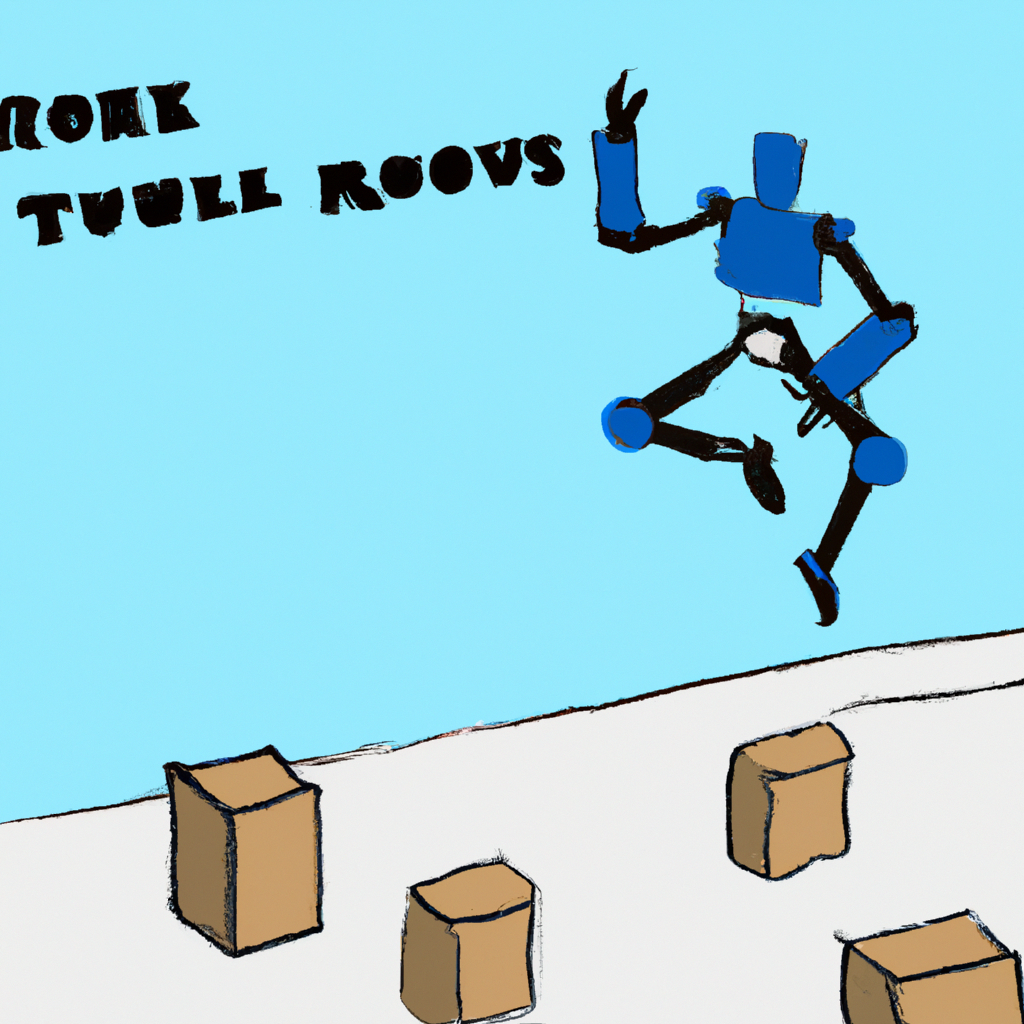Since its inception, robotics has advanced a lot. Robot Parkour is a new form of robotic athleticism that has emerged from traditional industrial robots to humanoid robotics.
Robot Parkour is a sport in which robots perform acrobatic feats like running, jumping, flipping and vaulting over obstacles. It also allows them to navigate through complex environments. Robot Parkour is a test of mobility and agility. It requires advanced abilities in perception, motion planning and control.
Robot Parkour: The History
Boston Dynamics, a company that developed bipedal robots capable of walking, climbing, and jumping over obstacles, recorded the first parkour-like movement by robots in 2006. Robot Parkour was popularized by the popularity of a 2017 video showing Atlas, a humanoid robot from Boston Dynamics.
In 2019, the Robotic Industries Association launched the first Robot Parkour championship, where robots from different manufacturers competed for various events, including speed run, obstacle course and freestyle.
The Challenges of Robot Parkour
Robot Parkour presents many challenges that must be overcome in order to succeed. The first challenge is to accurately perceive the environment. Robots should be equipped with capable sensors, such as cameras, LIDAR, or ultrasonic sensors, to detect obstacles, anticipate movement, and avoid collisions.
The second challenge is motion planning. This involves deciding the timing and trajectory of movements to cross obstacles or climb walls. Advanced algorithms are required to dynamically calculate the robot’s velocity, position, and acceleration.
Control is the third challenge. This involves precisely executing the planned movements while maintaining stability and balance. It requires high-performance actuators and motors that can quickly respond to changes in the environment.
The Latest Developments in Robot Parkour
Robot Parkour is still in its infancy stages but is rapidly evolving. Robotics companies like Boston Dynamics, Agility Robotics and Unitree Robotics continue to improve the capabilities of their robots in order to excel at parkour challenges.
Boston Dynamics has developed advanced algorithms to enable their robots avoid obstacles and jump over them automatically. Atlas, a humanoid robot from Boston Dynamics, can perform 360-degree spins and backflips that were previously impossible for robots.
Agility Robotics developed Cassie, a bipedal robot that can perform parkour movements effortlessly. They also created a number of parkour-specific behaviors to enable Cassie navigate through obstacles quickly.
Robot Parkour: Applications
Robot Parkour could have many applications in the future. It can be used to rescue and search for survivors in complex environments.
It can also be used for entertainment and sports, where robots can compete in parkour challenges against each other or perform acrobatic feats before an audience.
Robot Parkour has potential military applications. Robots can navigate through enemy territory and obstacles to find and neutralize target targets.
Robot Parkour: The Future
Robot Parkour is still in its infancy, but it has the potential for revolutionizing the robotics industry. Robots will become more intelligent and agile and can be used in many different applications, including search and rescue, entertainment, and sports.
Robots will be able to perform parkour movements with greater efficiency and safety through the development of advanced algorithms, motors and actuators that are high-performance, and sensors capable of detecting and analyzing these signals.
Robot Parkour could revolutionize the way we interact and use robots in different applications. This is a great development in robotics and we are excited to see where it leads.
Conclusion
Robot Parkour is a test of the robots’ agility and mobility. It requires advanced abilities in perception, motion planning and control. Although it presents many challenges, robotics companies are constantly improving their robots’ capabilities to excel in parkour challenges.
Robot Parkour can be used for many purposes, including search and rescue and sports and entertainment. Robot Parkour has the potential for revolutionizing the robotics industry. We can’t wait until we see the future of Robot Parkour.

Leave a Reply